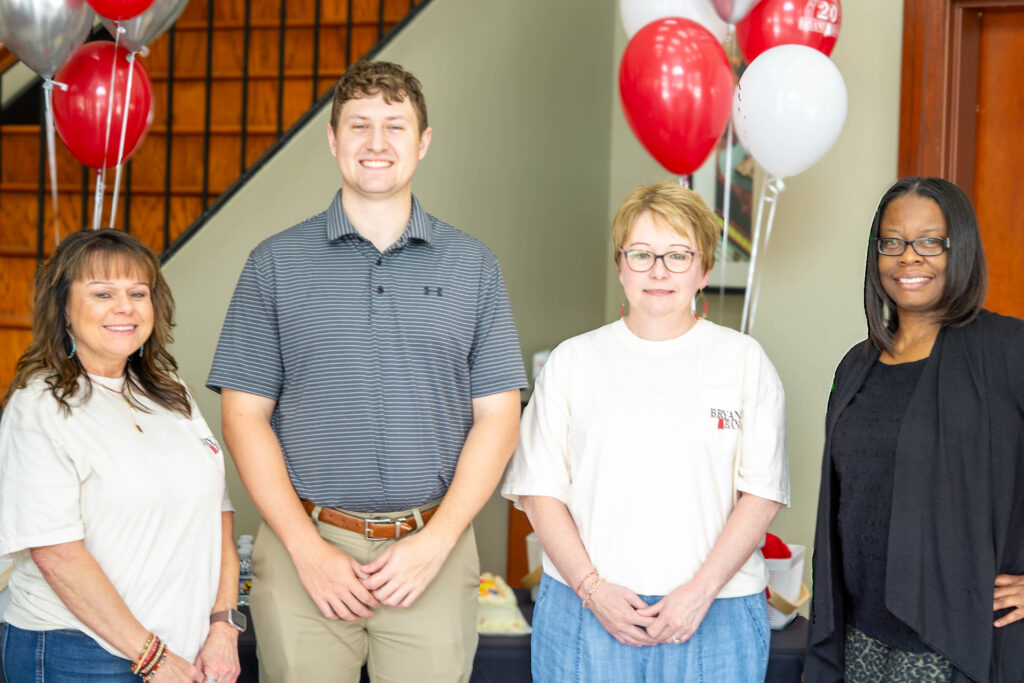Reviewed by: Nathan Watson
AHSAA has given $19.2M to member schools since 2009. Here’s why it matters.
Reading time: 5 minutes
Sponsored

Despite the limited attendance restrictions due to the COVID 19 Pandemic, the Alabama High School Athletic Association (AHSAA) was still able to pay out $2.1 million to member schools through the Revenue Share Program.
This revenue sharing functions in the same way the SEC distributes bowl game, sponsorship and TV monies. While the SEC only shares its money with 14 schools, AHSAA distributes funds to hundreds of high schools big and small.
Retired Executive Director Steve Saverese instituted the program in 2009 to share with member schools any money left over after the AHSAA pays its expenses. During the 12 years since the Revenue Sharing Plan was instituted, high school athletic programs across Alabama have received a total of $19.2 million. This is a game-changer for Alabama high school athletic programs.
With AHSAA Revenue Sharing Plan allocations ranging between $4,000 to $5,000 annually, these funds have significant impact. In many cases, it’s the difference between being able to play a spring sport, or having the ability to buy uniforms, gas for buses and track and field equipment.
AHSAA’s Annual Revenue Sharing Plan is the first program of its kind in the United States for high school state associations. No other state high school athletic association contributes an amount of this magnitude back to its member schools.
Bham Now talked to three principals about this program. Here are their stories:
Loachapoka High School —Making Sports Like Soccer and Track Possible

About 20 minutes from the shadow of Auburn University’s Jordan-Hare Stadium, Loachapoka High School is a rural 1A school in Lee County with about 250 students.
Their school principal and athletic director is Albert Weeden, Jr., a former college basketball player at Troy University.
He understands football and basketball generate enough income to “pay their own way”. The funds from the AHSAA Revenue Sharing Plan help make the non-revenue generating sports possible.
At Loachapoka, they were able to purchase soccer goals, a shooting machine for basketball and track and field equipment. The funds were used to transport student-athletes to competitions and to pay for coaches to learn about topics ranging from bullying to concussion protocols.
“We all know football and basketball make enough money at their gates to fund everything they need to meet kids’ needs,” said Weeden. “Other sports, like our soccer program, which was started five years ago, or track, don’t generate much revenue.”

“Here at Loachapoka High School we use it for pretty much all needs, but we especially spread it to teams that don’t have much revenue,” Weeden added.
Sweet Water Families Benefit From Revenue Sharing

Becky Williams, the Principal at Sweet Water High School in the southern part of Marengo County near the Wilcox and Clarke County lines, is grateful for the AHSAA revenue sharing program.
“Any revenue that drops down from the Alabama High School Athletic Association is especially important because in small districts like ours, every penny counts,” Williams said.
Over the years Sweet Water, which won its 11th Class 1A State Football Championship earlier this month, has spent its annual allotment of funds on facilities maintenance, helmets and uniforms for various sports.

According to Williams, the cost sharing reduces expenses for the families in Sweet Water which means a great deal in a rural community.
“We appreciate what they (AHSAA) give us each and every year. Academics are at the forefront at Sweet Water, but we also encourage all students to be involved in athletics. The revenue allows all of our students to participate that may not be financially able. We believe the athletic program makes us academically strong.”
Every Student-Athlete at Hueytown is Insured, Thanks to Revenue Sharing

Large high schools in Alabama also benefit from the revenue sharing program.
Ryan Howard, Principal at Hueytown High School, spends his school’s annual revenue check in a way that supports all of its 500 student-athletes.
“We have so many athletes,” said Howard. “We use our revenue sharing check to cover the (catastrophic) insurance for every student-athlete for every sport. The insurance costs a pretty penny.”
Howard also pointed out an intangible benefit from the revenue sharing program — it unites high schools.
“AHSAA is a great organization. They communicate well. A lot of us have their staff’s personal cell numbers. Because of the revenue sharing, we are united from Florence in the north to Baldwin and Mobile counties.”
More than Revenue Sharing

In addition to revenue sharing, AHSAA member schools have had their membership dues waived annually since 1991. This amounts to a savings of approximately $80,000 per year and more than $2.5 million over the last three decades.
The organization also does not charge entry fees for championships, sanctioning fees or other related costs.
This year, AHSAA celebrates its 100th anniversary. For member schools, it literally costs nothing to be a member. And that is something we can all stand up and cheer for.
Sponsored by:








